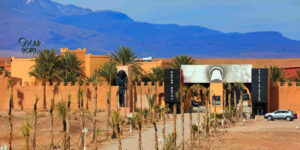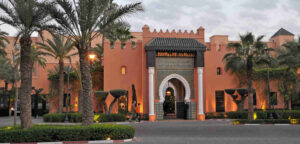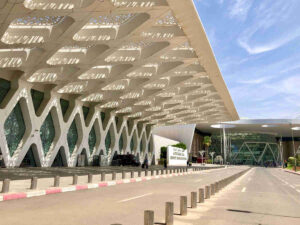To the eyes of any tourist, one of the most striking aspects of the local culture is the traditional clothing of Morocco. It’s hard to miss, as many people still wear the country’s typical attire on special occasions and even in their daily lives. So, let’s take a quick look at these iconic garments that you can see or even buy during your trip to Morocco.
Urban vs. Rural
When it comes to fashion, there are significant differences between urban and rural areas. In big cities, it’s common to see people, especially young ones, wearing Western-style clothing from global brands. However, it’s not unusual to come across people wearing traditional Moroccan clothing, especially in religious or festive contexts.
In contrast, rural areas see more humble attire, often tied to Berber culture and featuring vibrant colors. In mountainous regions, clothing tends to be thick and made of traditional warm fabrics like sheep’s wool, while desert areas favor full-body coverage with lightweight garments. For special occasions, humble accessories with eye-catching elements like sequins are popular.
Traditional Moroccan Clothing by Gender
No doubt, Morocco has some iconic garments that you need to know about. There are specific ones for women and others for men.
Let’s start with the ladies. The caftan or kaftan is a stunning long dress, often made of silk and known for its eye-catching shine. It comes in wide cuts, with either printed or embroidered designs, sometimes crafted by skilled artisans, keeping the tradition alive.
Then there’s the takchita. Similar to the kaftan, it also dazzles with glitter and embroidery but consists of two pieces. The underdress, called tahtiya, has a more understated design, while the fouqia or dfina is a luxurious overdress with a wider cut and an extra-long skirt, adding an elegant touch and often symbolizing a higher social status.
Now, let’s talk about the men. The go-to traditional garment for them is the djellaba. Think of it as a long, loose-fitting dress with a hood, commonly worn as an overgarment in public spaces and then taken off upon reaching the destination. Its material tends to be more everyday and practical, using cotton for warmer areas and wool for colder regions.
So, traditional Moroccan clothing includes these iconic pieces, often paired with beautiful accessories like hats and typical footwear, adding to the rich cultural tapestry of Morocco.



